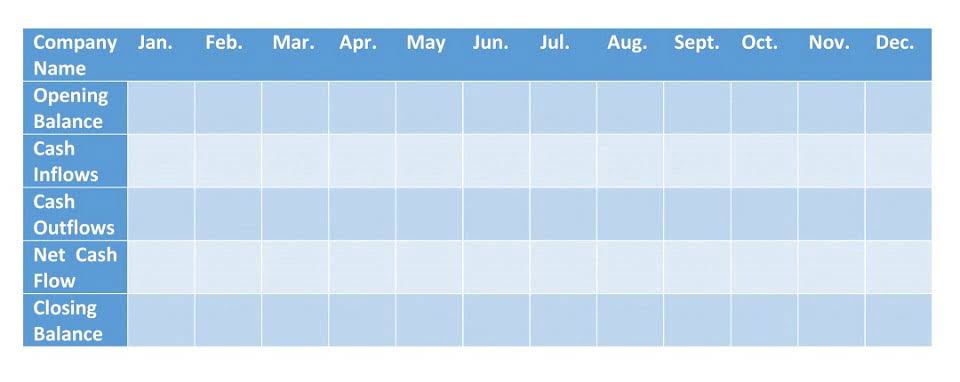
Put another way, it is the accounting equation assets liabilities equity amount that would remain if the company liquidated all of its assets and paid off all of its debts. The remainder is the shareholders’ equity, which would be returned to them. Long-term liabilities, on the other hand, include debt such as mortgages or loans used to purchase fixed assets.

Examples of assets

When there is a purchase of an asset in a company, the purchase amount should also be withdrawn from some account in the company (generally a Cash account). Hence, the account from which the amount is withdrawn gets credited, and there needs to be an account debited for https://x.com/BooksTimeInc the asset purchased (the account related to the asset purchased gets debited). HighRadius Solution empowers organizations to experience enhanced efficiency by leveraging the best of the latest accounting technology. The inventory asset is recorded and the obligation to pay the suppliers is reflected as a liability. For instance, McDonald’s Corporation, with its extensive real estate holdings, relies on accurate valuation to make informed investment decisions and assess the overall financial health of the business.
Examples
Like any mathematical equation, the accounting equation can be rearranged and expressed in terms of liabilities or owner’s equity instead of assets. Before explaining what this means and why the accounting equation should always balance, let’s review the meaning of the terms assets, liabilities, and owners’ equity. All this information is summarized on the balance sheet, one of the three main financial statements (along with income statements and cash flow statements). Assets represent the valuable resources controlled by a company, while liabilities represent its obligations.
- The income statement is the financial statement that reports a company’s revenues and expenses and the resulting net income.
- The accounting equation is crucial for understanding key financial concepts and ratios, such as return on assets (ROA), return on equity (ROE), and the debt-to-equity ratio.
- If a company wants to manufacture a car part, they will need to purchase machine X that costs $1000.
- It is used to transfer totals from books of prime entry into the nominal ledger.
Balance Sheet and Income Statement
- The revenue and expense accounts can be further broken down into subaccounts for data collection and informational purposes.
- Put another way, it is the amount that would remain if the company liquidated all of its assets and paid off all of its debts.
- An asset is a resource that can provide current or future economic benefit to the organization who owns or controls the asset.
- For example, when a company borrows money from a bank, the company’s assets will increase and its liabilities will increase by the same amount.
- The objective of the accounting equation is to provide a framework for recording and reporting a company’s financial transactions accurately.
- Additionally, the equation formula may also be broken down further on the capital part to detail the additional contributions of the capital.
After saving up money for a year, Ted decides it is time to officially start his business. He forms Speakers, Inc. and contributes $100,000 to the company in exchange for all of its newly issued shares. This business transaction increases company cash and increases equity by the same amount.

Accounting Equation Formula and Calculation
Let’s take a look at the formation of a company to illustrate how the accounting equation works in a business situation. The basic concept of https://www.bookstime.com/ accounting equation is to express two main points in the accounting rule. In Double-Entry Accounting, there are at least two sides to every financial transaction.


